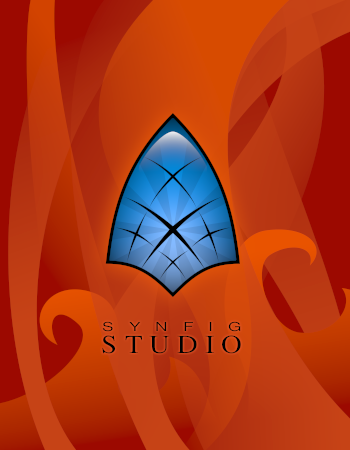gcompris: educational suite for children
December 7th, 2008 edited by VichoArticle submitted by Raman Pandarinathan. We’re running out of articles! If you like Debian Package of the Day please submit good articles about software you like!
As a parent, have you ever wondered if kids can use FOSS to have fun and learn at the same time? As a teacher, have you ever wondered how to teach using a computer and FOSS tools? The answer is gcompris.
Gcompris combines fun and learning. Each activity is designed and developed with creativity in mind, and it has a nice interface for children.
My children have learned some computer basics like mouse usage, it has also helped them to understand basic arithmetic, colour identification and many other things. Tuxpaint is also included, so children can draw to their imagination.
Gcompris is a collection of over 90 educational activities for children. The activities are classified into mathematics, computer discovery, puzzles, strategy games, amusement activities, experimental activities and reading activities.
Mathematics
This has more than 20 activities classified into calculations, geometry and numeration. The activities are planned to teach basic arithmetic, geometry, money usage, etc.
For example, below you can see a screen shot of an activity that consist in finding series of numerical operations. Here the final answer is 15 and should be derived in two steps. The child has to select the numbers and operators from the top and form equations to get the final answer.

Puzzles
The puzzle activities include: drag and drop pieces to rebuild paintings, build a given shape with seven pieces, drive the crane and copy the model, tower of Hanoi, sudoku and the fifteen game.
Below is a screen shot of the Crane activity. The objects in the left grid should be placed in the same position as in the right side grid. The crane can be operated by clicking on the four arrows at the bottom.

Computer discovery
These activities help children learn basic skills of computers. Bellow is a screen shot of the keyboard activity in which the child has to push the ball to Tux. In order to do it, both shift keys should be pressed simultaneously, as if pushing the ball with the hands. If they are pressed simultaneously the ball will travel in a straight line and reach Tux, if not the ball will drift and fall into the sea.

Strategy Games
Some of them are chess, arranging four coins in a row, bar game (don’t use the last ball), and oware (shown below).

Amusement Activities
The amusement activities include Tuxpaint, a simple football game, and an animation creator.
Below is a screen shot of the animation creator. If you want to create an animation, you first select an image and put it somewhere. Then take a snapshot using the camera icon. Now move it to the next position and take another snapshot. Repeat until you reach the desired position. Finally click on the film icon and you’ll see the animation.

Experimental activities
This section lets the children learn various things which require thinking in a series of steps. Things like the water cycle and operating canal lock lets the child learn systemic thinking.
Below is a screen shot of the activity about the water cycle. First the sun raises, water evaporates and clouds are formed. When you click on the cloud it starts raining and the rain fills the water tank. Operating the water inlet gives Tux a shower.

Discovery
This section is about learning several common things like colour names, clock reading, symmetry, etc. The activity shown in the screen shot is about identifying colours: you must identify the colour from the name displayed.

Reading Activities
These are activities about learning the letters, words and matching them with images. Reading can be practised both horizontal and vertical.
Below is a screen shot where the child has to drag and drop the image onto the correct name.

As part of my Linux Users Group activity, I give talks and demos about FOSS frequently. Whenever I see kids and parents among the audience, the first thing I do is to demonstrate gcompris, and it’s a sure hit. The kids love it and parents realize its educational value.
Here are some photos of one such event held in a public park at Chennai, India.
Pros and cons
- Pros
- Very well designed activities.
- Parental touch.
- Lot of activities.
- Translated to more than 40 languages.
- Cons
- It requires more local language and sound support, especially for several Indian languages. At present for Indian Languages the sounds and reading practices are not well developed. Though gcompris is well structured to support translations, it lacks volunteers.
There is another similar package named childsplay - also available in Debian.
Availability
gcompris was a part of Debian even in the Sarge days and it’s been in Ubuntu since Dapper (if not before!).
Posted in Debian, Ubuntu | 1 Comment »





 For a long time 2D animation software has been dominated by proprietary software. Other common multimedia tasks such as video playing, editing, raster and vector 2D graphics and 3D graphics or animation are currently being covered properly by free software / open source (FOSS) but there wasn’t enough FOSS alternatives for computer aided 2D animation.
For a long time 2D animation software has been dominated by proprietary software. Other common multimedia tasks such as video playing, editing, raster and vector 2D graphics and 3D graphics or animation are currently being covered properly by free software / open source (FOSS) but there wasn’t enough FOSS alternatives for computer aided 2D animation.